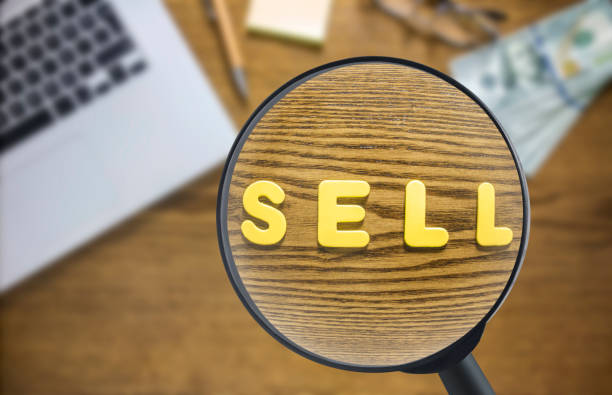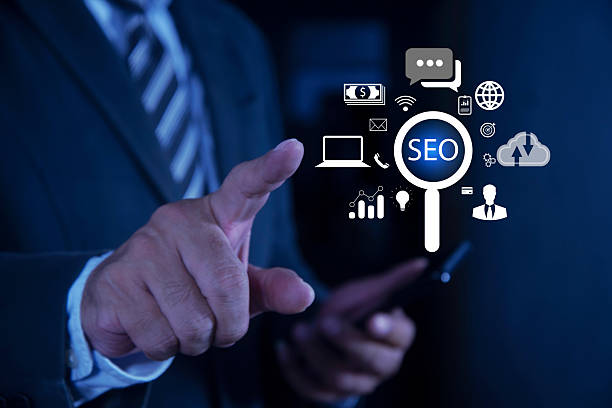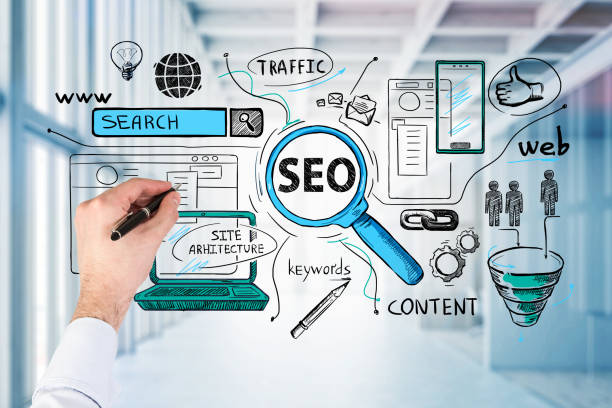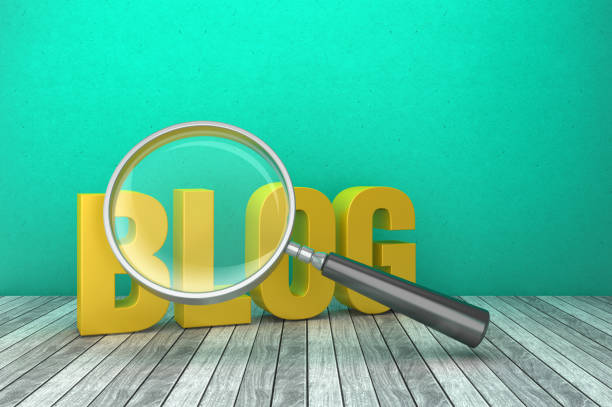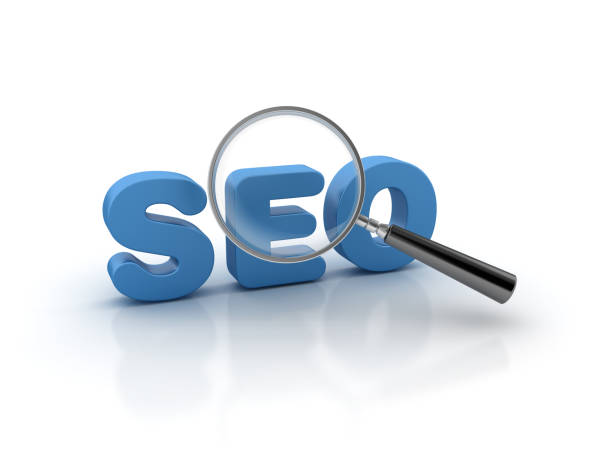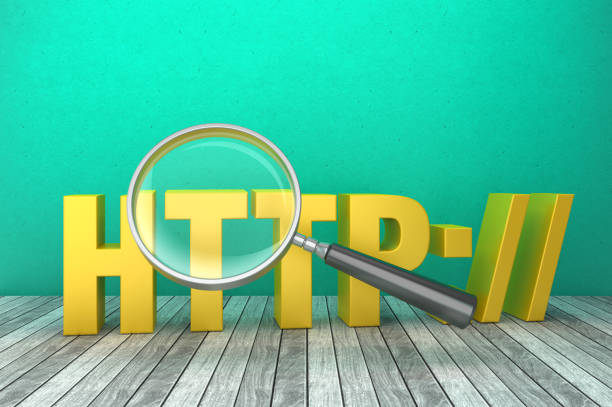What is On-Page SEO and Why Does It Matter?
#On-Page SEO refers to a set of techniques and actions performed within your website to improve its ranking in search engines like Google.
These techniques help search engines better understand your website’s content and display it to relevant users.
The importance of on-page SEO stems from the fact that it forms the foundation of website optimization.
Without strong on-page SEO, your efforts in off-page SEO and content marketing will not be as effective.
On-page SEO includes optimizing page titles, meta descriptions, URL structure, using appropriate keywords, improving site speed, creating high-quality and relevant content, and optimizing images.
By implementing these techniques correctly, you can ensure that your site is displayed more effectively in search results and attracts more traffic.
In short, on-page SEO means improving all technical and content aspects of your site to satisfy search engines and users.
This allows your site to achieve a better ranking in search results and, as a result, attract more visitors.
Is your online store ready to attract maximum customers and increase sales? Rasaweb transforms your online business with modern and efficient e-commerce website designs.
✅ Increased speed and improved SEO
✅ Excellent user experience on mobile and desktop⚡ Get a free consultation for e-commerce website design from Rasaweb!
Keyword Research; The Cornerstone of On-Page SEO
Keyword research is the first and most important step in on-page SEO.
This process involves identifying the words and phrases that users use in search engines to find information related to your business.
Choosing the right keywords helps you optimize your website content to rank higher in search results for those keywords.
To conduct keyword research, you can use various tools such as Ahrefs, Moz Keyword Explorer, and Ubersuggest.
These tools help you identify search volume, competition, and related keywords.
Click here to preview your posts with PRO themes ››
When choosing keywords, look for words that have decent search volume and at the same time, have less competition.
Also, pay attention to the relevance of keywords to your website’s content.
Using irrelevant keywords can lead to a decrease in your site’s ranking in search results.
After selecting keywords, you should use them naturally in page titles, meta descriptions, body text, and images on your site.
Overuse of keywords (Keyword Stuffing) can harm your site, so you should use them reasonably and naturally.
Optimizing Title and Meta Descriptions to Attract Clicks
The Title Tag and Meta Description are two important elements in on-page SEO that are displayed in search results.
The Title Tag is the main title of your page that is displayed at the top of the browser and in search results.
The Meta Description is a short summary of your page’s content that is displayed below the page title in search results.
Optimizing the Title and Meta Description helps you encourage users to click on your site’s link in search results.
To optimize the Title Tag, you should use the page’s main keyword and write the title in an attractive and concise manner.
The length of the Title Tag should not exceed 60 characters.
To optimize the Meta Description, you should provide an accurate and engaging summary of your page’s content and encourage users to click on your site’s link.
The length of the Meta Description should not exceed 160 characters.
Using relevant keywords in the Meta Description can also help improve your site’s ranking in search results.
Remember that the Title and Meta Description are the first things users see in search results, so you should optimize them in a way that attracts users’ attention and encourages them to click on your site’s link.
On-page SEO helps you on this path.
| Feature | Description |
|---|---|
| Main Keyword | Using the main keyword at the beginning of the title |
| Title Length | Maximum 60 characters |
| Attractiveness | Writing an attractive and persuasive title |
Optimizing URL Structure for SEO and User-Friendliness
URL structure is another important factor in on-page SEO that affects your site’s ranking in search results.
Optimized URLs help search engines and users better understand your page’s content.
An optimized URL should be short, descriptive, and contain the page’s main keyword.
For example, if your page is about “Laptop Buying Guide,” a suitable URL would be: `example.com/laptop-buying-guide`.
Avoid using long and complex URLs that include meaningless numbers and letters.
These types of URLs are difficult for search engines and users.
Also, using hyphens (-) instead of underscores (_) in URLs is recommended.
Search engines consider hyphens as word separators, while they consider underscores as a single character.
Using HTTPS is also important for SEO.
HTTPS is a secure protocol that encrypts the information between the user’s browser and your site’s server.
Google gives a better ranking to sites that use HTTPS.
On-page SEO will help you adopt a suitable structure.
Tired of your online store not generating as much revenue as its potential? Rasaweb, a specialist in professional e-commerce website design, solves this problem for good!
✅ Increased sales rate and revenue
✅ High loading speed and unparalleled user experience
⚡ Get a free e-commerce website design consultation
Creating High-Quality and Relevant Content
Content is king! This famous phrase shows the importance of high-quality and relevant content in on-page SEO.
Google and other search engines give a better ranking to sites that provide valuable and useful content to users.
High-quality and relevant content should provide accurate and complete information about the topic in question and answer users’ questions and needs.
Your content should be original and unique, and you should avoid copying other people’s content.
To create high-quality content, you need to research, gather information, and write your content in a way that is attractive and understandable to users.
Using images, videos, and infographics can help improve the quality of your content.
Also, you should update your content regularly to ensure that your information is accurate and up-to-date.
On-page SEO for content is a necessity and should be paid attention to.
With this process, you can direct appropriate traffic to the site.
Optimizing Images for SEO and Site Speed
Images can play an important role in the attractiveness and effectiveness of your content, but if they are not properly optimized, they can slow down your site and negatively impact your SEO.
To optimize images, you should reduce the file size of the images, use descriptive file names, and add Alt Text to the images.
The file size of images can be reduced using online tools such as TinyPNG and Compress JPEG.
These tools reduce the file size of images without reducing their quality.
Image file names should be descriptive and contain relevant keywords.
For example, if your image is about “Laptop Buying Guide,” a suitable file name would be: `laptop-buying-guide.jpg`.
Alt Text for images is text that is displayed in place of the image if the image is not displayed in the browser.
The Alt Text should be descriptive and contain relevant keywords.
This text helps search engines understand the content of the image.
With on-page SEO, you can optimize site images in the best way.
Internal Linking; Creating an Organized Structure for the Site
Internal linking means creating links between different pages of your site.
Internal linking helps search engines better understand your site’s structure and identify more important pages.
Also, internal linking helps users easily navigate your site and find the information they need.
To create effective internal linking, you should strategically create links from related pages to each other.
Avoid using descriptive Anchor Text containing relevant keywords.
Anchor Text is the text that is linked to another page.
For example, if you are talking about “Laptop Buying Guide” on one page, you can link to another page about “Best Laptops of the Year.”
The Anchor Text for this link could be “Best Laptops of the Year.”
Also, you should pay attention to the number of internal links on each page.
Too many internal links can confuse users and negatively affect your SEO.
On-page SEO with optimized internal linking can optimize the site’s user experience.
| Element | Description |
|---|---|
| Anchor Text | Descriptive text related to the destination page |
| Relevance | Linking between related pages |
| Number of Links | Appropriate number and avoiding user confusion |
Improving Site Speed; A Pleasant Experience for Users and Search Engines
Site speed is an important factor in on-page SEO that affects your site’s ranking in search results.
Users who visit your site expect your site’s pages to load quickly.
If your site’s pages load slowly, users may leave your site and visit other sites.
Google also gives a better ranking to sites that have high speed.
To improve your site speed, you can use various methods, including optimizing images, using a CDN, enabling Gzip compression, and reducing the number of HTTP requests.
You can also use online tools such as Google PageSpeed Insights and GTmetrix to check your site speed and identify potential problems.
By optimizing your site speed, you can improve the user experience, reduce the Bounce Rate, and increase your site’s ranking in search results. On-page SEO helps off-page SEO by improving site speed.
Don’t have a company website yet and are missing out on online opportunities? With professional company website design by Rasaweb,
✅ Double the credibility of your business
✅ Attract new customers
⚡ Free consultation for your company website!
Responsive Design
Responsive design means designing a site in a way that automatically adapts to the screen size of different devices such as mobile phones, tablets, and desktop computers.
Given that a large number of users access the internet via mobile phones, responsive design is very important for on-page SEO.
Google gives a better ranking to sites that have responsive design.
To make sure your site has a responsive design, you can use Google’s Mobile-Friendly Test tool.
If your site does not have responsive design, you should update it to be compatible with different devices.
With responsive design, you can improve the user experience and increase your site’s ranking in search results.
On-page SEO, with the help of proper responsive design, gets a better view in search engines.
Sitemap and Robots.txt File
A Sitemap is an XML file that introduces all the pages of your site to search engines.
By providing a sitemap to search engines, you can ensure that all pages of your site are reviewed and indexed by search engines.
The Robots.txt file is a text file that tells search engines which pages of your site should not be reviewed and indexed.
The Robots.txt file can be used to prevent the indexing of duplicate pages, administrative pages, and other pages that you do not want to be displayed in search results.
Creating a sitemap and Robots.txt file is very important for on-page SEO.
By providing these files to search engines, you can help them better understand your site and identify more important pages.
With proper on-page SEO and the production of these two files, it can have a positive effect on search engine reviews.
Frequently Asked Questions
| Question | Answer |
|---|---|
| What is On-page SEO? | On-page SEO refers to a set of actions that are performed inside a website and on the content of pages to gain a better ranking in search results. |
| Why is on-page SEO important for a website? | On-page SEO helps search engines better understand the content of your page and assess its importance. It also provides a better user experience for visitors. |
| What are the most important on-page SEO factors? | The most important factors include keyword optimization, content quality, Title Tag, Meta Description, URL structure, Heading Tags (H1-H6), internal linking, and image optimization. |
| What role does the Title Tag play in on-page SEO? | The Title Tag is one of the most important on-page SEO factors, which displays your page title in search results and browser tab. It should include the main keyword and be attractive. |
| What is the importance of Meta Description in on-page SEO? | The Meta Description provides a summary of the page content, and although it does not directly affect ranking, it can increase the click-through rate (CTR) by encouraging users to click. |
| How is a keyword used in on-page SEO? | Keywords are phrases that users use to search for information in search engines. Proper and natural use of them in the content helps the search engine to recognize the topic of the page. |
| What is internal linking and what is its benefit in on-page SEO? | Internal linking means creating links between different pages of a website. This helps to distribute the authority of pages, help crawl search bots, and improve the user experience. |
| How does image optimization affect on-page SEO? | Image optimization includes compressing the volume, using appropriate Alt tags and naming files appropriately. This improves page loading speed and helps search engines understand the content of the image. |
| What does high-quality content mean in on-page SEO? | High-quality content means content that is comprehensive, accurate, unique, up-to-date, and user-friendly and meets the needs of users. |
| What role does the URL structure play in on-page SEO? | Readable, short URLs that include the main keyword help search engines and users to have a better understanding of the content of the page and improve the user experience. |
and other services of Rasa Web advertising agency in the field of advertising
Smart custom software: Professional optimization to increase site visits using Google Ads management.
Smart Brand Identity: Designed for businesses looking to improve SEO rankings through the use of real data.
Smart custom software: A combination of creativity and technology to increase sales by intelligent data analysis.
Smart Google Ads: A new service to increase campaign management through precise audience targeting.
Smart conversion rate optimization: Designed for businesses looking for online growth through dedicated programming.
And more than hundreds of other services in the field of internet advertising, advertising consulting and organizational solutions
Internet Advertising | Advertising Strategy | Advertorial
Resources
What is On-Page SEO? Comprehensive On-Page SEO Guide | SEO Rooz
,What is Website On-Page SEO? Complete On-Page SEO Training – Aparat
,What is On-Page SEO? – Virgool
,What is On-Page SEO? On Page SEO Techniques + Checkpoint List – Faraz SEO
? To reach the peaks of success in the digital world, Rasaweb Afrin Digital Marketing Agency, with expertise in SEO, content production, and user-friendly website design, paves the way for your business growth.
📍 Tehran, Mirdamad Street, next to the Central Bank, South Kazerun Alley, Ramin Alley No. 6
“`


